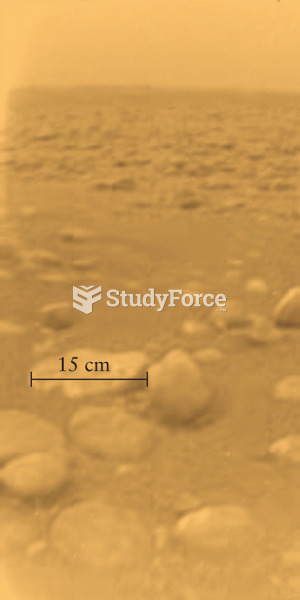Definition for Titan
From Biology Forums Dictionary
Titan (or Saturn VI) is the largest moon of Saturn. It is the only natural satellite known to have a dense atmosphere, and the only object other than Earth for which clear evidence of stable bodies of surface liquid has been found.
Titan is the sixth ellipsoidal moon from Saturn. Frequently described as a planet-like moon, Titan has a diameter roughly 50% larger than Earth's moon and is 80% more massive. It is the second-largest moon in the Solar System, after Jupiter's moon Ganymede, and it is larger by volume than the smallest planet, Mercury, although only half as massive. Titan was the first known moon of Saturn, discovered in 1655 by the Dutch astronomer Christiaan Huygens, and was the fifth moon of a planet apart from the Earth to be discovered.
Titan is primarily composed of water ice and rocky material. Much as with Venus prior to the Space Age, the dense, opaque atmosphere prevented understanding of Titan's surface until new information accumulated with the arrival of the Cassini–Huygens mission in 2004, including the discovery of liquid hydrocarbon lakes in the satellite's polar regions. The surface is geologically young; although mountains and several possible cryovolcanoes have been discovered, it is smooth and few impact craters have been found.
The atmosphere of Titan is largely composed of nitrogen; minor components lead to the formation of methane and ethane clouds and nitrogen-rich organic smog. The climate—including wind and rain—creates surface features similar to those of Earth, such as sand dunes, rivers, lakes and seas (probably of liquid methane and ethane), and deltas, and is dominated by seasonal weather patterns as on Earth. With its liquids (both surface and subsurface) and robust nitrogen atmosphere, Titan's methane cycle is viewed as an analog to Earth's water cycle, although at a much lower temperature.
The satellite is thought as a possible host for microbial extraterrestrial life or, at least, as a prebiotic environment rich in complex organic chemistry with a possible subsurface liquid ocean serving as a biotic environment.



